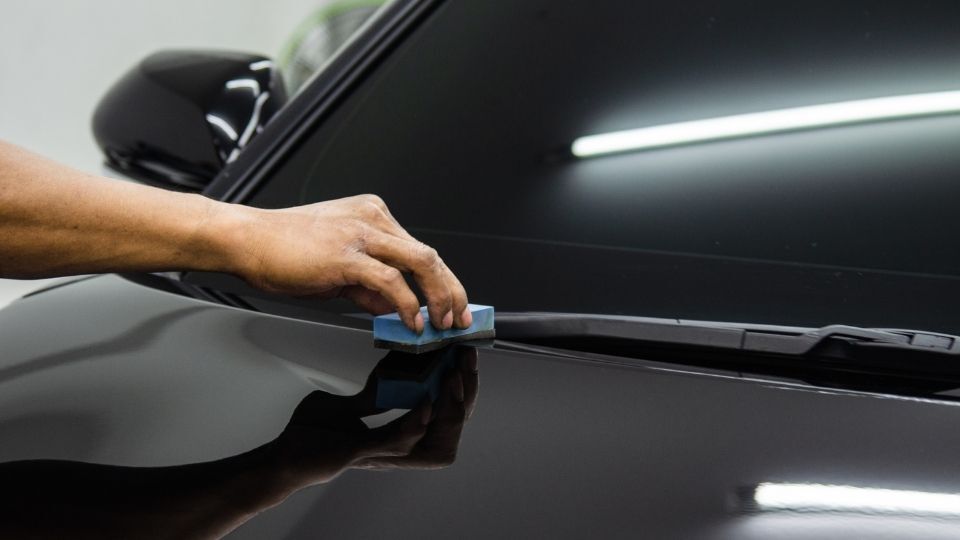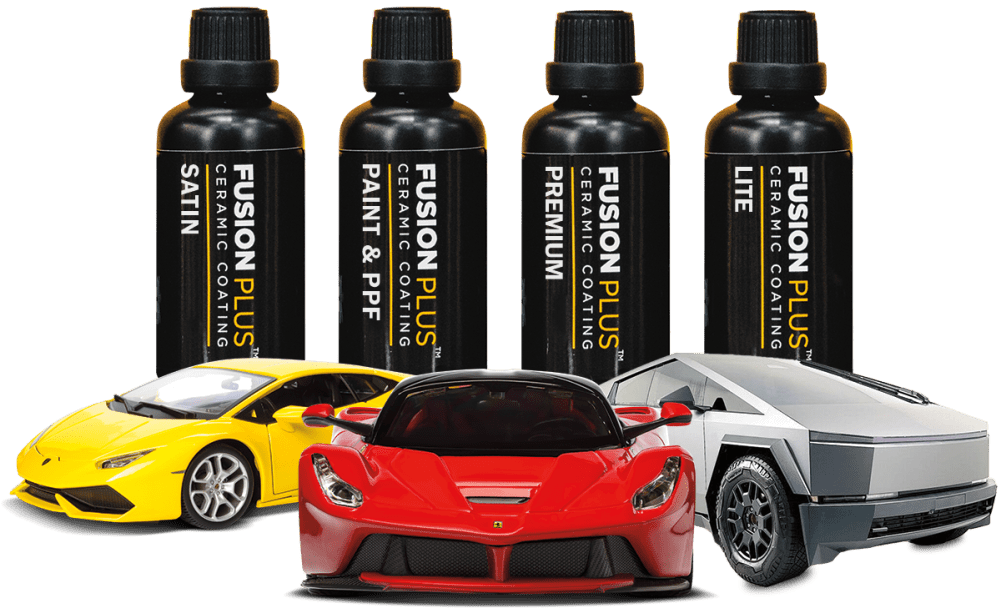Why Ceramic Coating Is Essential for Maintaining Your Car’s Paint
Why Ceramic Coating Is Essential for Maintaining Your Car’s Paint
Blog Article
Ceramic Finish vs. Standard Wax: Which Provides Better Long-Term Protection?
The argument between ceramic finishings and typical wax for vehicle security has actually gathered significant attention amongst vehicle enthusiasts and specialists alike. Ceramic layers flaunt exceptional long life and resistance to environmental factors, yet the intricacy of their application raises inquiries regarding availability and practicality.
Summary of Ceramic Coating
Ceramic coating has actually gained substantial popularity amongst automotive lovers and detailers alike due to its sophisticated protective high qualities. This innovative innovation is designed to produce a durable, hydrophobic shield over a lorry's paint surface, dramatically improving its resistance to ecological pollutants such as dust, UV rays, and chemical stains. Unlike standard wax, which provides a short-term layer of defense, ceramic finishings bond at a molecular level with the paint, using lasting toughness-- typically expanding past two years with correct maintenance.
The application process includes thorough preparation of the lorry's surface, including cleansing and brightening to guarantee ideal attachment. Once applied, the covering remedies to create a durable layer that not just adds depth and gloss to the paint but likewise simplifies maintenance. With its hydrophobic properties, ceramic covering enables water and dirt to move off more quickly, minimizing the regularity of laundries and lessening the danger of swirl marks.
In addition, ceramic layers are readily available in numerous solutions, permitting users to pick items customized to their certain requirements and preferences. In general, ceramic covering represents a substantial advancement in paint defense modern technology, providing exceptional performance contrasted to traditional choices.
Summary of Traditional Wax
Traditionally pertained to as a staple in auto care, wax acts as a preferred selection for those seeking a straightforward approach to improve and safeguard their vehicle's paint - ceramic coating. Automotive wax commonly makes up natural active ingredients, such as carnauba, or synthetic compounds, designed to create a safety layer on the surface of the paint. This layer not only boosts the car's gloss and shine but additionally gives a barrier against ecological pollutants
The application of wax is normally straightforward, making it available for both specialists and DIY lovers. As soon as used, wax requires a treating duration, after which it hardens to develop a safety covering.
However, while wax is efficient for boosting the aesthetic appeal of an automobile, it is very important to note that the security it uses might demand more regular reapplication contrasted to different items, such as ceramic coatings. In general, standard wax continues to be a popular choice for those prioritizing convenience of usage and immediate visual improvement.
Toughness and Long Life Comparison
While both ceramic coverings and conventional wax deal safety advantages for vehicle paint, their resilience and durability differ considerably. Conventional wax, normally made from all-natural carnauba or synthetic polymers, typically offers a protective layer that lasts roughly three to six months. This relatively short lifespan demands normal reapplication to keep ideal security.
In comparison, ceramic finishes are engineered from sophisticated nanotechnology, forming a covalent bond with the paint surface. This causes a durable, hydrophobic layer that can withstand for two to 5 years, relying on the product and environmental problems. The premium toughness of ceramic finishes is associated to their chemical structure, which offers boosted resistance to scrapes, UV rays, and oxidation.

Defense Against Environmental Factors
Safeguarding a lorry's paint from ecological elements is critical for keeping its appearance and worth over time. Autos are constantly subjected to a selection of components, including UV rays, bird droppings, tree sap, acid rainfall, and roadway gunk, every one of which can jeopardize the honesty of the paintwork.
Ceramic coatings give a durable protection against these environmental aggressors. Unlike typical wax, which can deteriorate swiftly under UV exposure, ceramic finishings create a resilient, hydrophobic layer that withstands the hazardous impacts of sunshine and toxic wastes. This sophisticated innovation creates a chemical bond with the car's surface area, using premium security that lasts for years, also in rough conditions.
In comparison, ceramic finishes preserve their protective qualities much longer, substantially decreasing the risk of paint damages and making sure that the car keeps its visual charm. As an outcome, ceramic layers are progressively recognized as the superior selection for long-lasting protection versus environmental variables.
Application and Maintenance Differences
The methods of application and succeeding upkeep for ceramic finishes and traditional wax vary significantly, affecting the overall individual experience and performance of each product. Ceramic layers require an even more intricate application process, commonly involving surface prep work that includes cleaning, decontaminating, and polishing the lorry. As soon as the surface prepares, the ceramic coating is applied in a regulated environment, typically great post to read requiring professional competence to make certain proper treating and bonding to the paint.

While both products enhance car appearance, the longer-lasting security used by ceramic finishes might warrant their first financial investment, regardless of the even more requiring application procedure. Alternatively, typical wax continues to be a preferred selection for those looking for a less complex, albeit temporary, service.

Verdict
Finally, ceramic coverings demonstrate considerable advantages over conventional wax in terms of resilience and environmental management. With a lifespan extending 2 to 5 years and superior resistance to UV rays, dust, and chemical spots, ceramic layers supply a much more effective solution for long-term lorry upkeep. Although the application procedure might need professional knowledge, the resulting cost savings and reduced regularity of reapplication highlight the value of ceramic coverings for those seeking optimum automobile security.
The dispute between ceramic coatings and typical wax for car protection has actually garnered substantial interest among vehicle enthusiasts and specialists alike. Unlike standard wax, which provides a momentary layer of protection, ceramic layers bond at a molecular level with the paint, offering resilient durability-- usually extending past two years with appropriate upkeep.
While both ceramic finishings and traditional wax offer safety benefits for vehicle paint, their durability and durability vary considerably. For auto lovers looking for long-term security, ceramic finishes present a compelling benefit over traditional wax products.
In final thought, ceramic coverings show substantial advantages over standard wax in terms of durability and environmental security.
Report this page